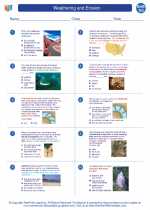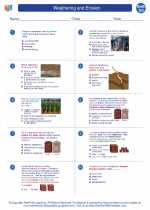Nimrud
Nimrud, also known as Kalhu or Calah, was an ancient Assyrian city located in modern-day Iraq. It was founded in the 13th century BCE and became the capital of the Neo-Assyrian Empire under the reign of King Ashurnasirpal II in the 9th century BCE.
History
Nimrud thrived as a major cultural and economic center, known for its impressive architecture, including the famous Northwest Palace. The city was adorned with magnificent sculptures, reliefs, and artifacts that reflected the power and grandeur of the Assyrian empire.
Archaeological Discoveries
Excavations at Nimrud have revealed numerous artifacts, including the famous Nimrud ivories, which are intricately carved ivory panels depicting mythological scenes, as well as sculptures and inscriptions that provide valuable insights into the Assyrian civilization.
Decline and Abandonment
Nimrud faced decline and eventual abandonment following the fall of the Neo-Assyrian Empire in the 7th century BCE. The city was later rediscovered by European archaeologists in the 19th century, leading to significant excavations and the recovery of priceless artifacts.
Study Guide
Here are some key points to consider when studying Nimrud:
- Location and significance of Nimrud
- Key historical figures associated with Nimrud
- Archaeological discoveries at Nimrud
- Art and architecture of the Assyrian empire
- Factors contributing to the decline of Nimrud
- Impact of Nimrud on our understanding of ancient civilizations
◂Earth Science Worksheets and Study Guides High School. Weathering and Erosion

 Worksheet/Answer key
Worksheet/Answer key
 Worksheet/Answer key
Worksheet/Answer key
 Vocabulary/Answer key
Vocabulary/Answer key
 Vocabulary/Answer key
Vocabulary/Answer key
 Vocabulary/Answer key
Vocabulary/Answer key
